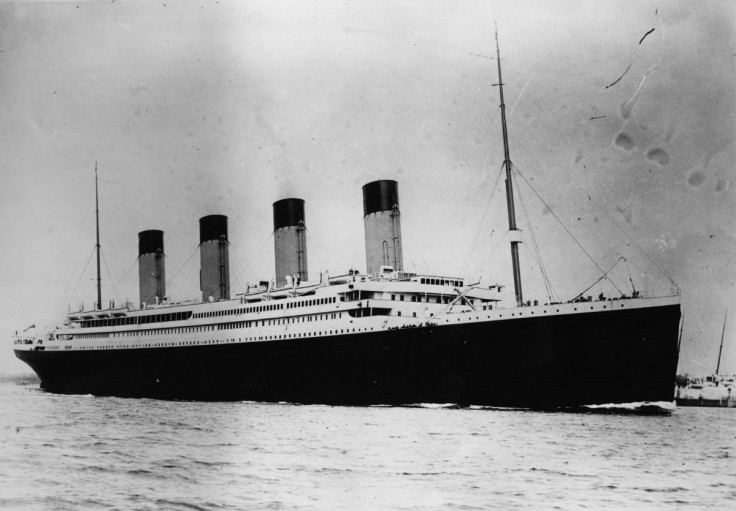Iceberg that sank the Titanic was 100,000-years-old and of monstrous size

Scientists believe the iceberg which holed the passenger liner Titanic in 1912 may have originated in southwest Greenland in snow that fell more than 100,000 years ago. Using observations taken in 1912 and modern data about ocean currents and winds, Grant Bigg, professor of earth system science at Sheffield University said: "We have a computer model for calculating the paths of icebergs in any given year."
He will present his findings at the Cambridge Science Festival, which starts on Monday, 7 March. "We take what we know about ocean currents, then add in meteorological readings for that year to calculate the prevailing winds. Applying those techniques to 1912 points to the iceberg coming from around Qassimiut on Greenland's southwest coast," he said in a Sunday Times report.
When the Titanic sank on 14 April, 1912, with the loss of 1,517 lives, the iceberg was approximately 400ft long and reached 100ft above the surface of the ocean, giving it an estimated size of 1.5m tonnes. But the iceberg had been melting into the sea for many months previously. Bigg estimates that it probably started out substantially larger – around 1,700ft long – and weighing in at an incredible 75m tonnes.

One theory is that the iceberg which brought down the Titanic broke away from a glacier in 1908, when a winter with warmer temperatures caused increased melting. Other explanations include sunspots, high tides and a supermoon in 1912 that could have dislodged icebergs.
The latest research suggests that 1912 was a dangerous year at sea, with icebergs travelling much further south than usual. "The presence of extensive ice was widely reported prior to and following the collision," Biggs writes in Icebergs, his new book.
One of the most chilling images of the disaster was captured by the chief steward on board the Prinze Adelbert liner, who took the photo of the iceberg on the morning of the Titanic sinking.
Reports say he spotted a line of red paint along the bottom of the iceberg which experts believe show where it had made contact with Titanic. The steward was not aware at the time that it had been the iceberg that sunk the Titanic according to a report in The Journal. But the location, the marks on the iceberg and Titanic survivors' descriptions of the iceberg triangulated to confirm that it was.
© Copyright IBTimes 2025. All rights reserved.






















